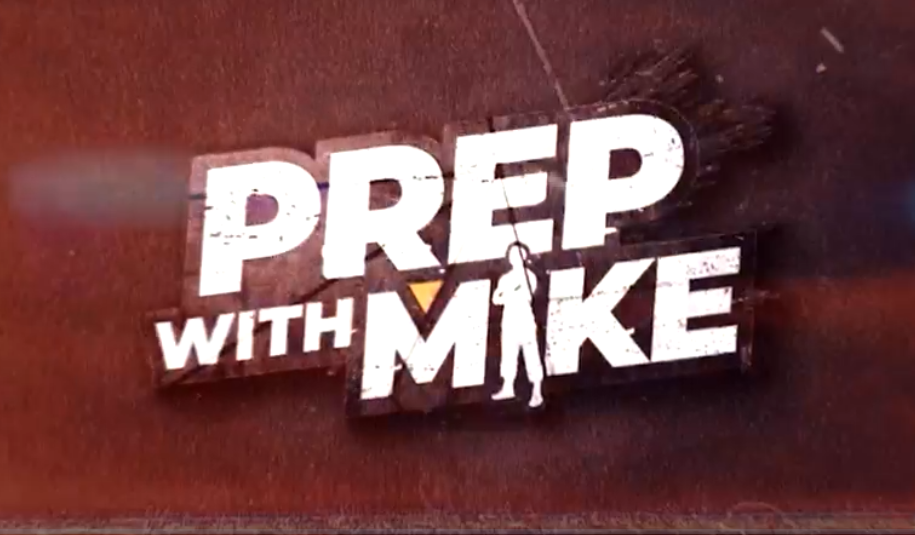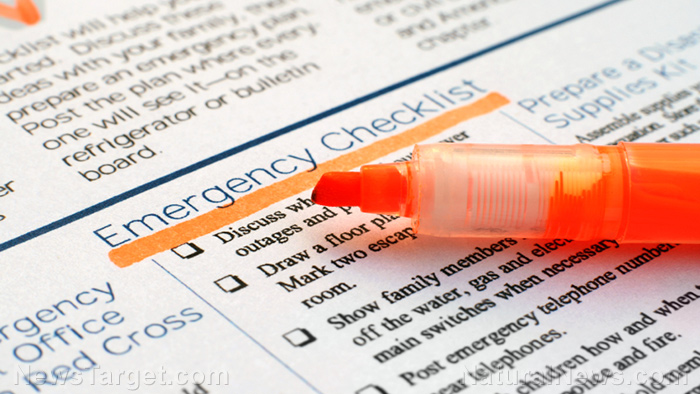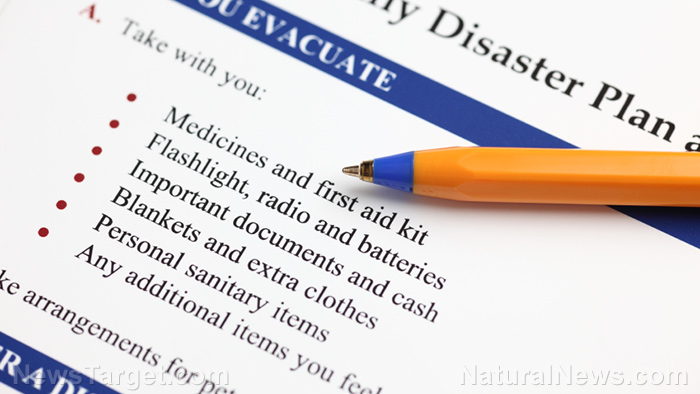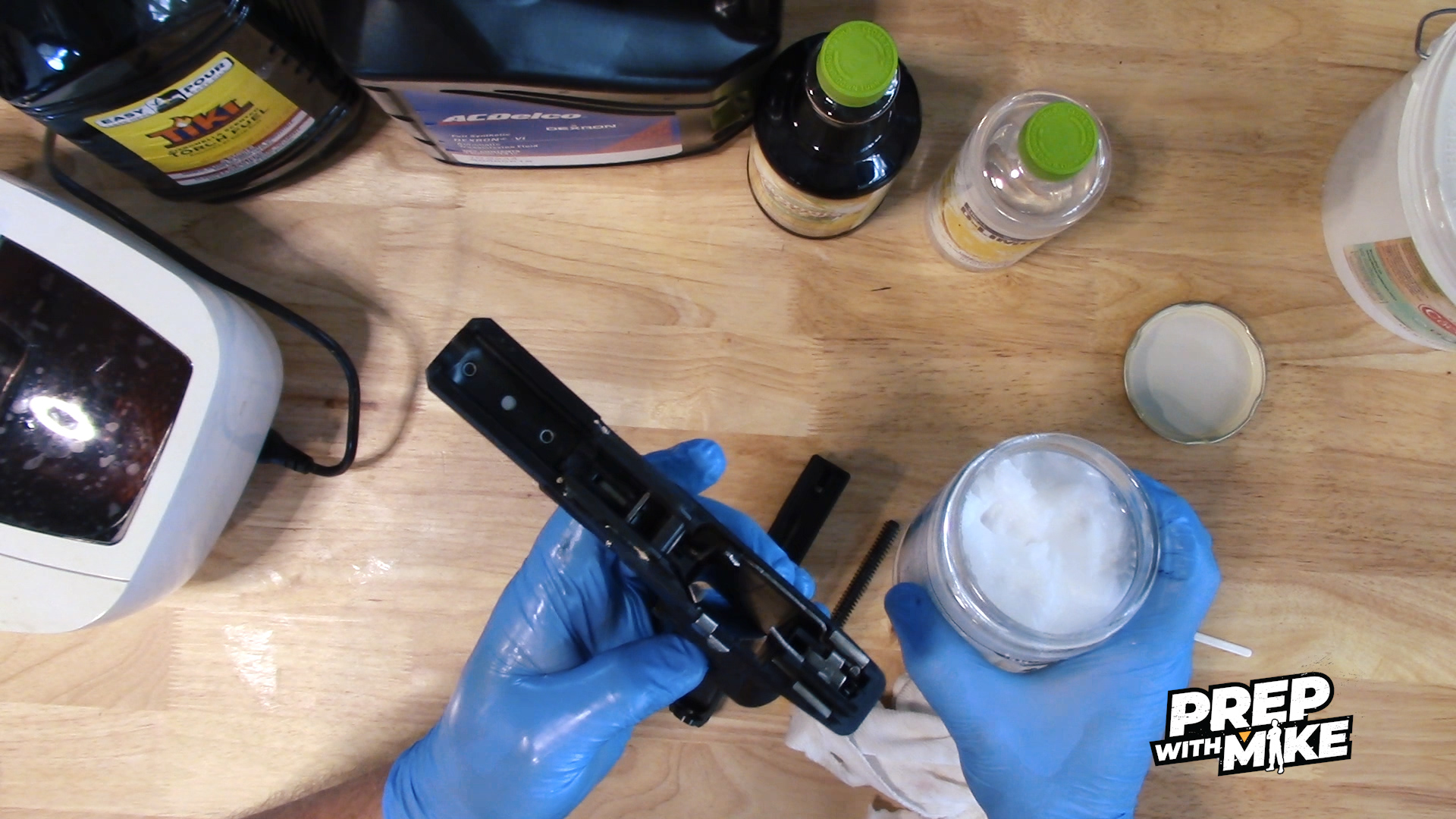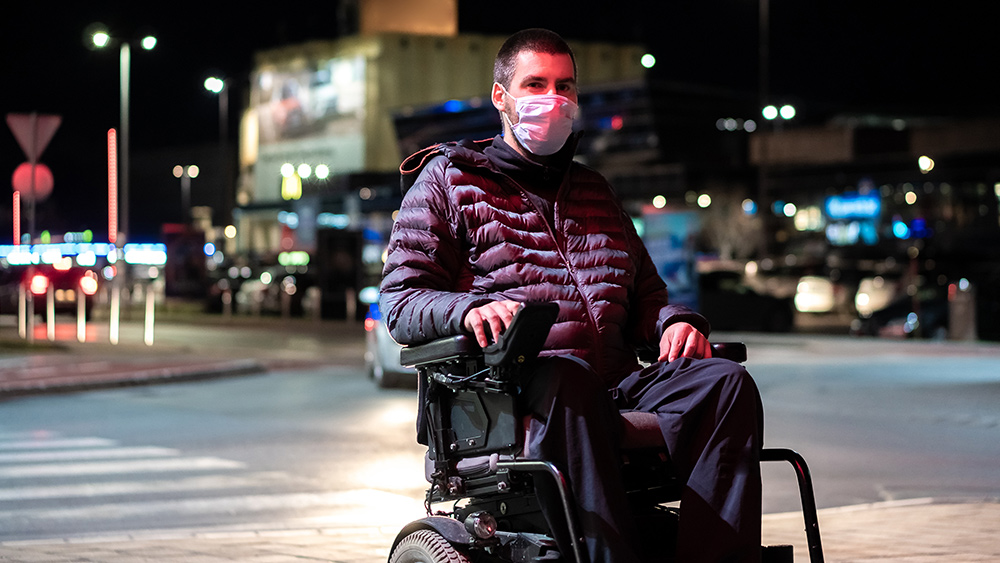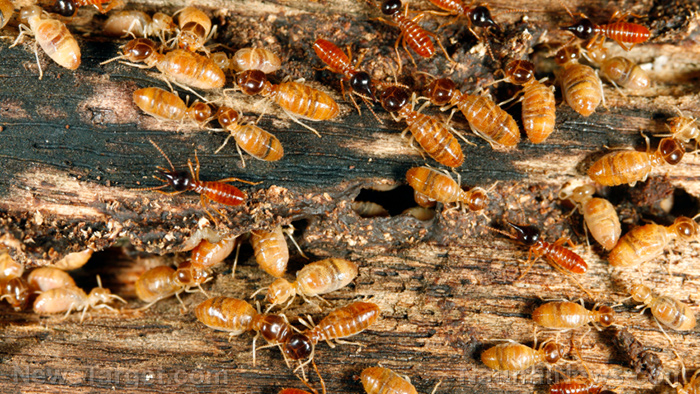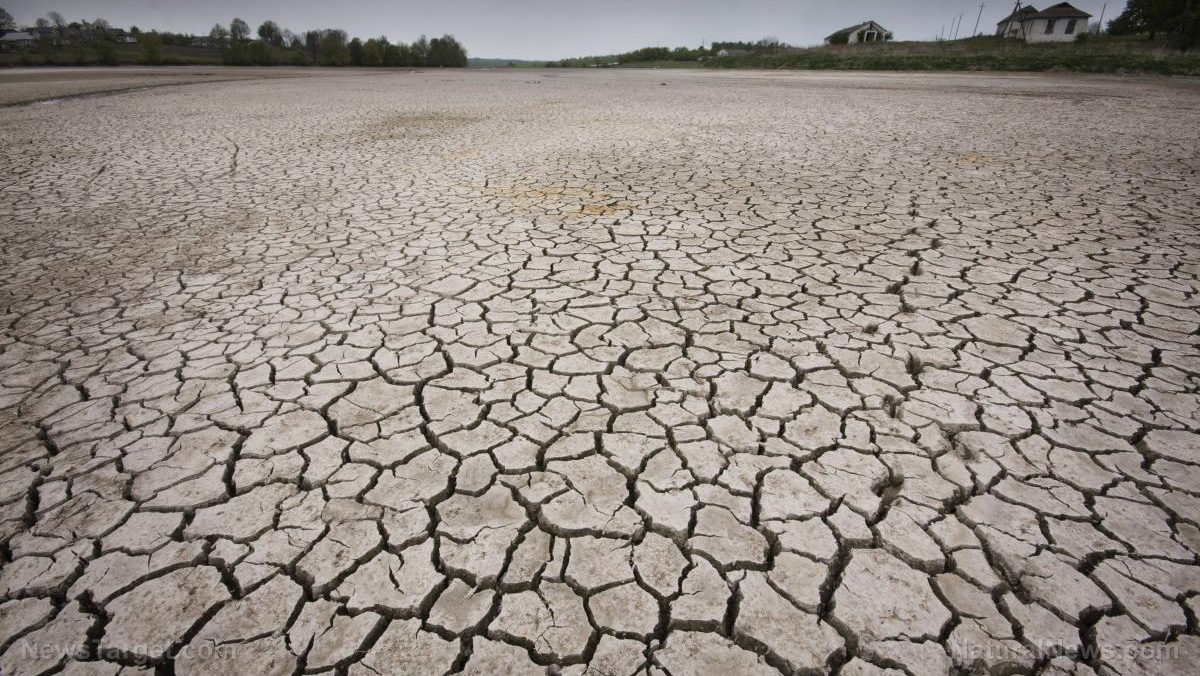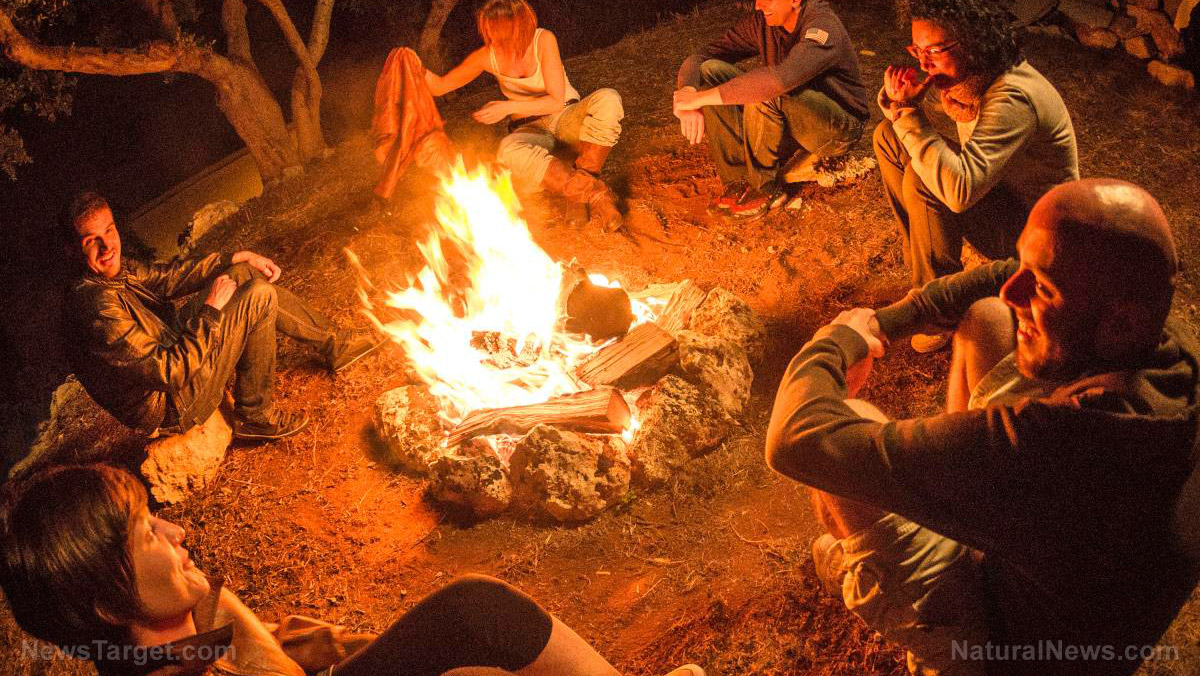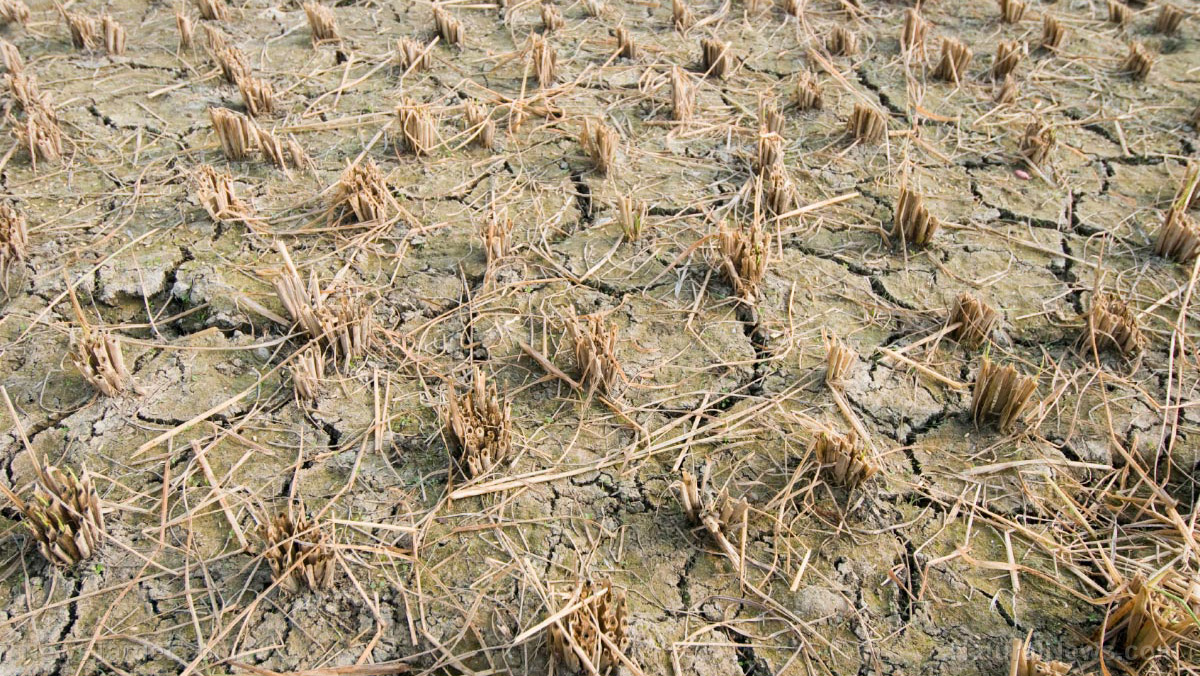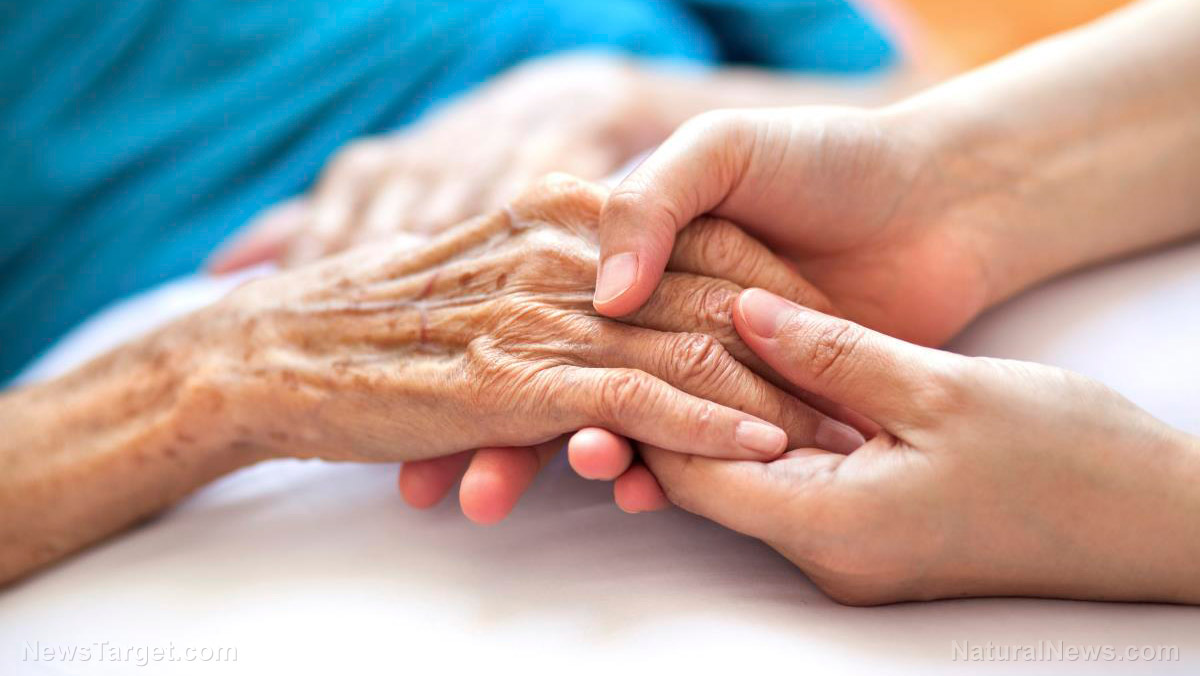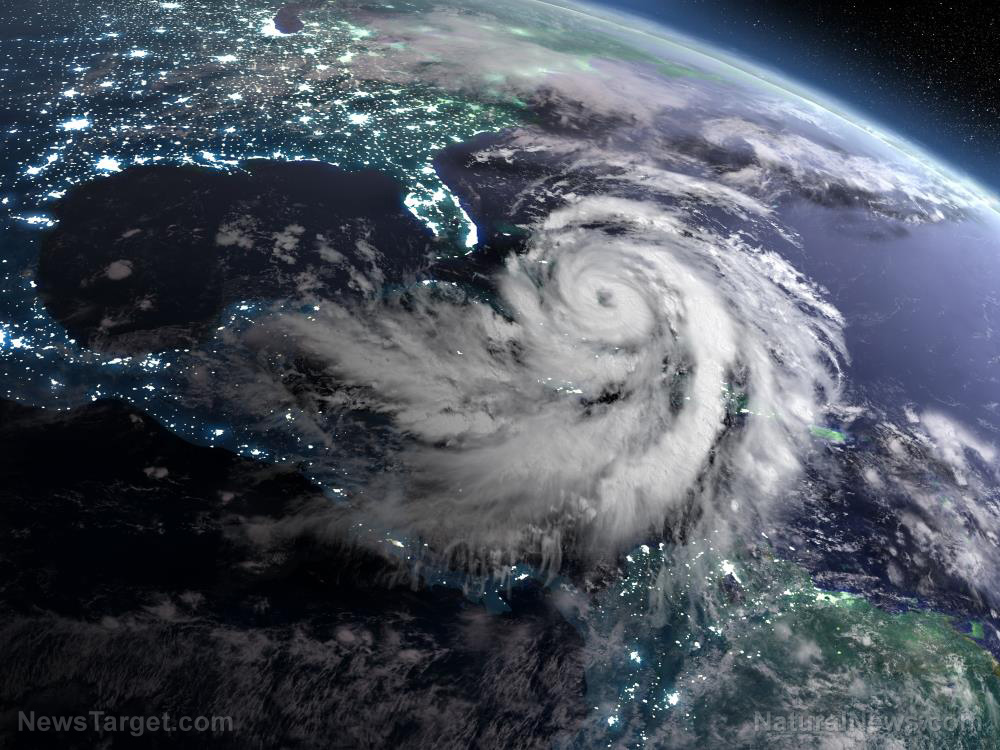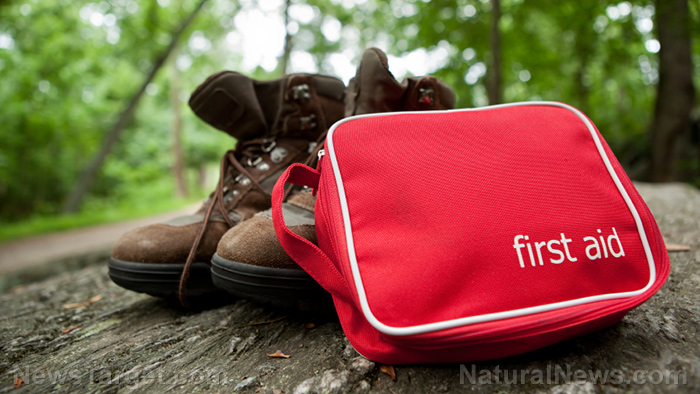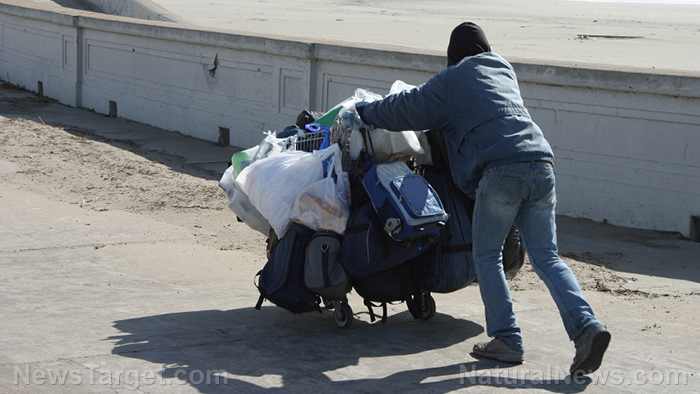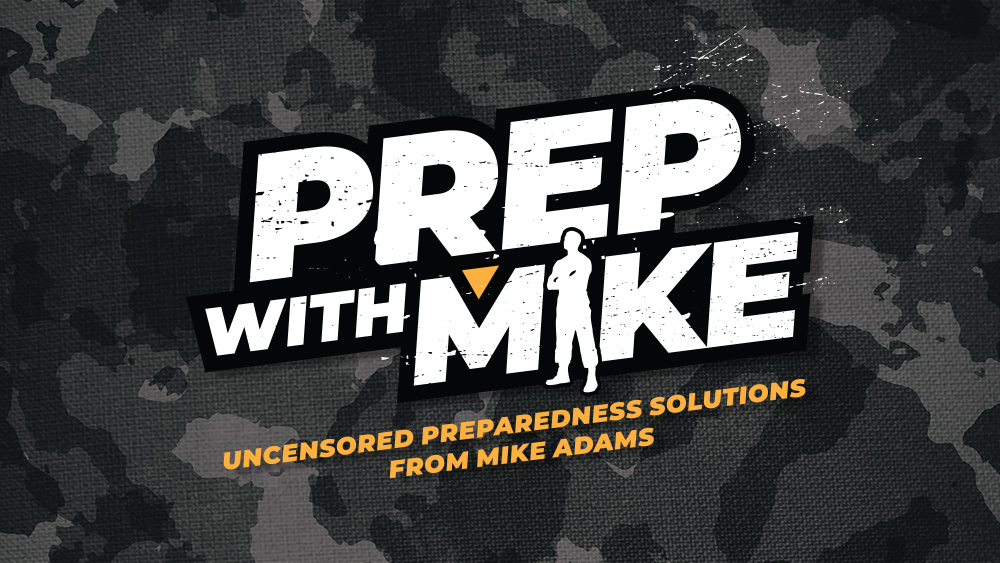4.9 Magnitude earthquake in Algeria collapses houses and leaves huge cracks on the ground
09/04/2020 / By Virgilio Marin
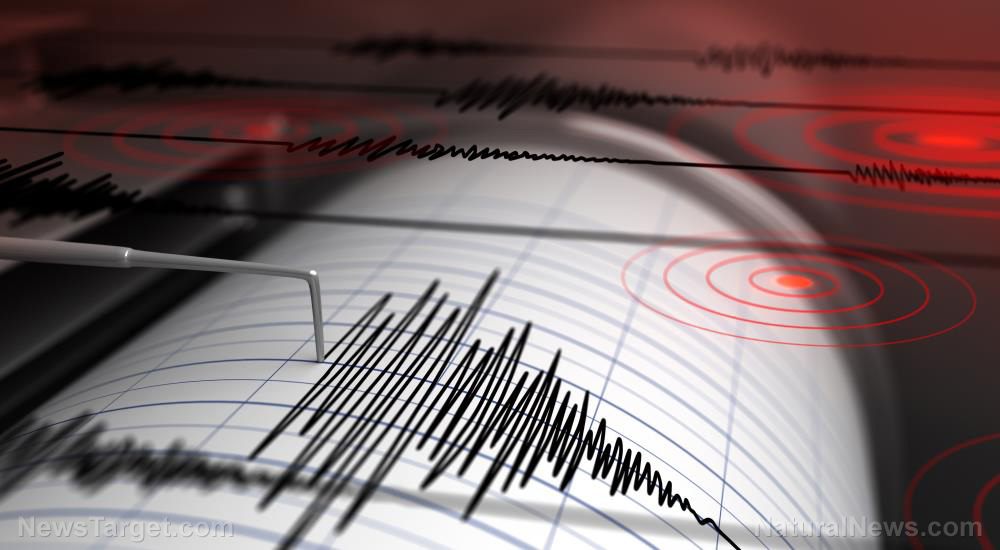
A magnitude 4.9 earthquake hit Mila province in northeastern Algeria on Friday, August 7, leaving huge cracks on the ground and destroying at least three houses. People rushed to the streets as the shallow quake, which was located 6.3 miles underground, hit in the morning at 6:15 UTC.
The epicenter of the quake was located almost two miles north-north-east of Sidi Merouane, a town in Mila, and about 31 miles northwest of the historic city of Constantine. Light shaking was felt within a 43-mile radius from the epicenter. At 11:14 a.m., a magnitude 4.5 aftershock trailed the earthquake.
No injuries reported, but some infrastructure was damaged
Intensity reports from citizens ranged from very strong shaking to moderate and light shaking. In areas closer to the epicenter, residents were forced out of their beds. Beni Hamidene Constantine described the quake as very strong and said, “I was sleeping, the bed started shaking. It was strong and scary.”
Ali Mendjeli was about 27 miles from the epicenter. He described the quake as “light shaking but long enough. I was sleeping on my bed but I woke up, my wife and the kids are still sleeping.”
There were no reports of any injuries but the quake caused damage to several walls, buildings and roads. One road had to be closed down due to ground fissures, while in eastern Mila, water came out of cracks caused by the quake. According to Algerian Civil Protection, 31 apartments partially collapsed, in addition to the three toppled houses that include a four-story villa.
Algerian President Abdelmadjid Tebboune gave instructions on Friday to assist the victims of the earthquake.
“The State will spare no effort to provide citizens with the necessary means. We are following the situation and the impact of the tremors minute by minute,” said Prime Minister Abdelaziz Djerad in a statement on public television.
The Minister of Interior, the Local Authorities and National Planning, Kamel Beldjoud, and the Minister of National Solidarity and Women’s Affairs, Kaoutar Krikou, were also sent to the affected areas to monitor the situation closely.
Despite the damage caused by the quake, Djerad reported that the Beni Haroun dam in Mila province — one of the biggest reservoirs in Algeria — was not affected by the quake and that no technical malfunction was recorded.
Northern Algeria, no stranger to earthquakes
Northern Algeria is no stranger to earthquakes – in the past month alone, two magnitude 4 earthquakes have struck the region.
On July 4, Batna city in the province of Batna was struck by a magnitude 4.5 earthquake. Its epicenter was located about 11 miles from the city and had a depth of six-miles.
Meanwhile, on July 17, Mila province was hit by a magnitude 4.6 earthquake – its most recent one prior last Friday’s tremors. The quake was more than six miles deep and was located about a mile from the city of Mila. Although it was not as intense as the recent quake, residents close to the epicenter also reported very strong shaking.
Northern Algeria lies near the boundary of the African and Eurasian Plate, which is a region of elevated seismic activity where moderate earthquakes frequently occur. (Related: Scientists on alert as earthquake may be imminent along the San Andreas Fault.)
The last devastating earthquake to hit the area was the 2003 earthquake that hit Boumerdes province. The magnitude 6.8 quake took 2,200 lives and injured another 11,500. It also affected even the country’s capital, Algiers, which was about 36 miles away, and generated a localized 10-foot-tall tsunami along the eastern portion of the north Algerian coast. Boumerdes, a coastal area, was affected the most.
Disaster.news has more on the recent disasters around the globe.
Sources include:
Tagged Under: Algeria, Collapse, disaster, earthquake, natural disaster, plate tectonics, scary, survival, tsunami
Get independent news alerts on natural cures, food lab tests, cannabis medicine, science, robotics, drones, privacy and more from NewsTarget.com
Get independent news alerts on natural cures, food lab tests, cannabis medicine, science, robotics, drones, privacy and more from NewsTarget.com
RECENT NEWS & ARTICLES
COPYRIGHT © 2017 · SURVIVAL NEWS

